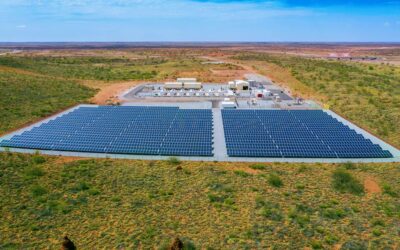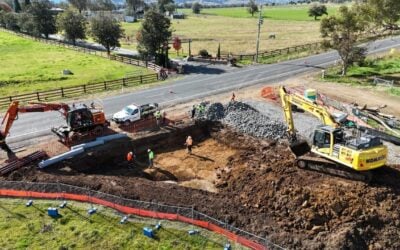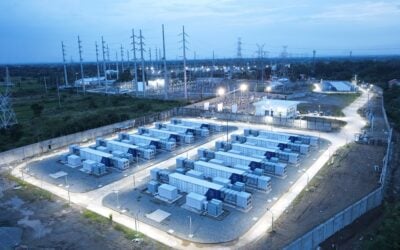
An updated technical guide to co-locating renewables and battery storage has clarified previously conflicting guidance on the matter, removing barriers and potentially unlocking the “tremendous potential” of solar homes.
Late last week energy regulator Ofgem published an update to its technical guidance on co-locating renewables and storage, aiming to clarify a number of problem areas that had arisen since its maiden guidance on the subject was released last year.
Enjoy 12 months of exclusive analysis
- Regular insight and analysis of the industry’s biggest developments
- In-depth interviews with the industry’s leading figures
- Annual digital subscription to the PV Tech Power journal
- Discounts on Solar Media’s portfolio of events, in-person and virtual
Within that guidance was the clarification that homes with solar already installed that then added battery storage units or smart meters would continue to receive deemed export tariff payments, a matter which had been in doubt following come contradictory guidance.
The industry had previously received two conflicting pieces of technical guidance on the matter; one piece which required homes with solar to install smart meters and switch to export meters, and another which stopped homes from receiving metered export payments when storage is included in order to prevent the possibility of systems being rewarded for exporting power that had previously been drawn from the grid.
The new technical guidance clarifies that feed-in tariff-accredited installs will retain their deemed export payments even if a smart meter and/or battery is installed, provided the usual deemed export eligibility requirements are met.
The Solar Trade Association (STA), which pushed for the clarification from Ofgem by submitting numerous case studies and collaborating with other industry bodies, said the technical guidance could require greater clarity as a result of its complex nature, but did state that it would help to unlock the “tremendous potential” of the UK’s 900,000 residential solar installs.
“Credit to Ofgem for listening and for doing the right thing here to get domestic smart homes moving forwards. We now need government to remove the much higher 20% VAT for retrofit battery storage systems, compared to 5% VAT for new PV and storage system, to really boost this market,” Chris Hewett, chief executive at the STA, said.






